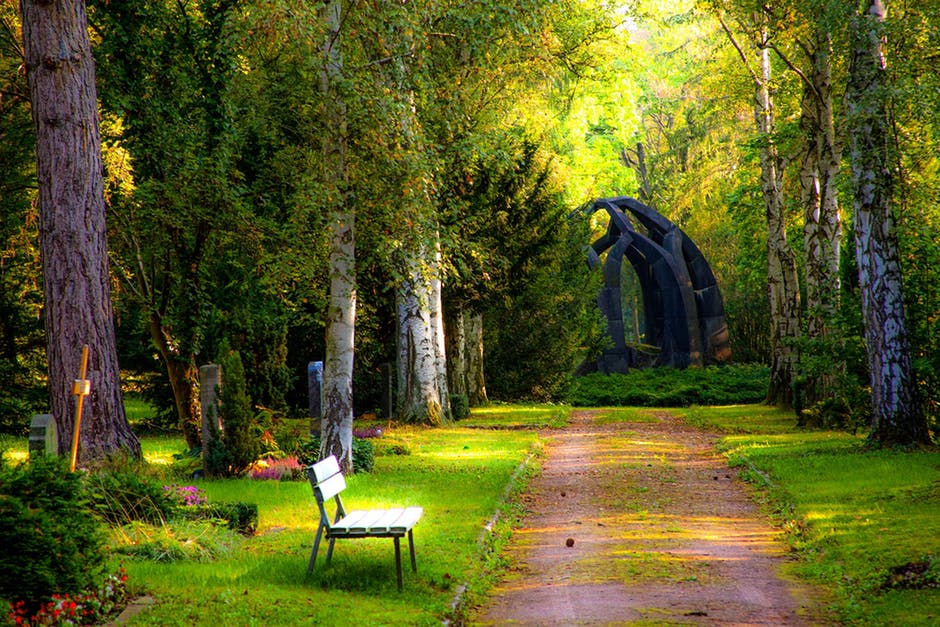According to researcher Craig Claquist, “Ecotherapy is an umbrella term for a gathering of techniques and practices that lead to circles of mutual healing between the human mind and the natural world from which it evolved. It includes horticultural therapy, wilderness excursion work, time stress management, and certain kinds of animal-assisted therapy.
Ecotherapy methods are not meant to represent a cure to modern concerns, but there is a growing body of knowledge that suggests there are some benefits.
As of the 1980s, we live in a highly industrialized environment spending more than 90% of our lives indoors (National Research Council, 1981), which is the smallest amount in human evolutionary history.”

There is evidence that the environment affects personal and social well-being. “This can include housing, neighborhood, noise, crowding, indoor air, and light all connect to mental health (Evans, 2003; Lepore, Evans & Schneider, 29912).
Given the urban environment, cities can highlight the feelings of isolation and loneliness. Outside the office, longer commute times diminish motivation, concentration, and proofreading skills. (Schaeffer, Street, Singer & Bau,, 1998; Wener, vans, Phillips, & Nadtler)”
Given the low cost, the non-invasive activity of interacting nature, it can be a possible approach to improving mental wellness.
In two studies at the University of Essex, 108 people gardened, walked, ran, cycled, and got involved in nature activities. Of these, 94% reported benefits to their mental health:
“I feel better about myself and have more of a sense of achievement”;
“It improves my depression, helps me be more motivated, and gives me satisfaction in doing things”;
“I feel refreshed and alive.”
90% of participants who went on a nature walk reported an elevation in self-esteem, whereas 44% of those who walked through an indoor shopping center reported reduced self-esteem.
Participants in other outdoor activities reported less anger and tension and improved mood (Mind Publications, 2007). Given these findings, there is increased use by mental health professionals.
There’s evidence of the benefits of a walk in the woods. “Forest bathing,” a version of the Japanese practice Shinrin-Yoku, is becoming popular in America as a way to improve mood and help with insomnia. And scientists have long studied how going into nature changes the way the brain works.

In a study on the impact of nature on children, Lynch found that urban interviewees from Argentina, Australia, Mexico, and Poland demonstrated a seemingly universal hunger for trees (Lynch, 1977; similar findings are reported by Ward, 1978). 68 school-age African American, Latino, and Asian children raised in lower-income New York inner-city neighborhoods and transferred to a summer camp for four 12-day sessions showed significantly higher self-esteem on the Piers-Harris Children’s Self-Concept Scale and described themselves more positively at the end of their stay (Readdick & Schaller, 2005).
Greenery can also buffer rural children against stress. A study of 337 rural children in grades 3 through 5 found the impact of life stress to be lower among children in the midst of natural features of the landscape than among those with little nature nearby (Wells & Evans, 2003).
While there is a limited body of research on its efficacy relative to other psychotherapy practices, this alternative activity has no risky drugs, surgery, or controversial diets.

Originally published on:
(Los Angeles Parks and Recreation) http://www.laparks.org/dos

